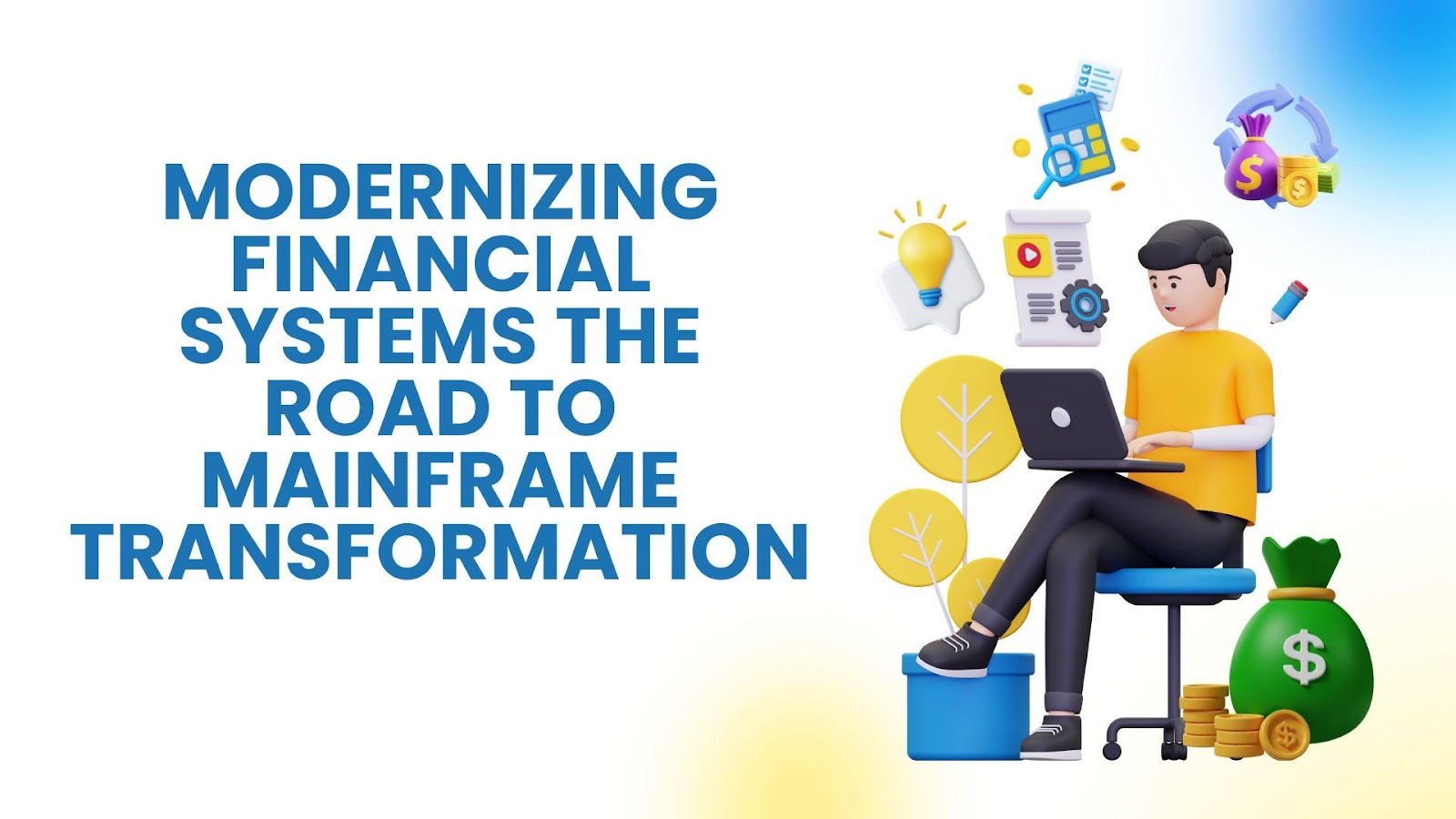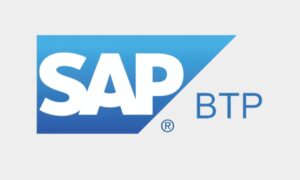In the era of rapid digital transformation, modernizing legacy mainframe systems has become imperative for financial institutions striving to stay competitive. Narasimha Rao Vanaparthi, an expert in financial technology infrastructure, explores strategies for transitioning from mainframe to cloud-based systems. His research highlights how organizations can achieve operational efficiency, scalability, and robust security while navigating modernization challenges.
The Challenges of Legacy Systems
Mainframe systems remain the backbone of financial institutions, processing approximately $4.5 trillion in transactions daily. However, maintaining these systems comes at a high cost. Organizations allocate 75-85% of their IT budgets to system upkeep, with annual maintenance costs averaging $3.8 million per mainframe. Additionally, the scarcity of skilled professionals—down by 52% in five years—exacerbates the challenge of managing these systems. Institutions reliant on mainframes also face longer time-to-market for products.
Why Modernization is Essential
Modernizing mainframes is crucial for addressing technical debt and improving agility. Legacy systems, while reliable, lack the flexibility needed for today’s fast-paced financial landscape. According to recent data, 92% of top-tier banks still depend on mainframes for core operations, creating technological inertia that hampers innovation. By adopting cloud-native solutions, institutions can significantly reduce costs, improve operational efficiency.
Strategic Approaches to Modernization
Emphasizes the importance of a phased approach to modernization, ensuring minimal disruption to core operations. Four primary strategies dominate the modernization landscape:
- Rehosting: Also known as “lift and shift,” this approach involves migrating applications with minimal changes. Organizations report 20% infrastructure cost savings and a 25% performance improvement.
- Replatforming: Involves making moderate changes to optimize applications for the cloud. This method enhances scalability and reduces operational costs by 35%.
- Refactoring: Focuses on rearchitecting applications for cloud environments. While complex, it yields a 55% reduction in maintenance costs and a 165% return on investment over five years.
- Replace/Rebuild: Replacing legacy systems entirely with modern solutions. Though costly, this approach reduces technical debt by 60% and improves time-to-market by 45%.
The Role of Cloud Technology
Cloud platforms play a central role in modernization efforts. Hybrid cloud solutions are favored by 72% of financial institutions for their balance of scalability and regulatory compliance. Studies show that institutions adopting structured cloud migration frameworks achieve 43% higher success rates. Cloud-based systems also improve performance, with organizations reporting a 28% increase in transaction response times and a 42% gain in resource utilization efficiency.
Data Migration and Integration
Data migration is one of the most critical aspects of modernization. A multi-phase approach, spanning an average of 16 months, ensures minimal disruption and maintains data integrity. Organizations report a 94% success rate in data migration when following structured frameworks, with errors affecting less than 0.003% of records. Service-oriented architectures (SOA) are also critical for integrating legacy and modern systems, improving system availability to 99.98%.
Addressing Security Concerns
Modernization efforts must prioritize robust security frameworks to address evolving cyber threats. Financial institutions spend an average of $6.4 million on security infrastructure during modernization. Key measures include multi-layered security controls and real-time monitoring, which reduce security incidents by 89%. Compliance with stringent regulatory requirements is also ensured through automated validation systems.
Operational Resilience and Cost Efficiency
Underscores the importance of operational resilience in maintaining business continuity. Organizations implementing comprehensive resilience frameworks achieve 99.995% system availability, with recovery times of less than four hours. Cost savings are another significant benefit, with institutions reducing infrastructure costs by 45%, operational expenses by 38%, and maintenance costs by 52%.
Future Outlook
The modernization of financial systems is not just about upgrading technology but creating agile, scalable infrastructures that can adapt to future demands. Emerging trends include the adoption of zero-trust security models, advanced predictive analytics, and greater integration of AI into operational workflows. These innovations promise enhanced efficiency, better risk management, and more personalized customer experiences.
In conclusion, Narasimha Rao Vanaparthi highlights the transformative potential of mainframe modernization for financial institutions. By adopting structured approaches, leveraging cloud technology, and prioritizing security, organizations can bridge the gap between legacy systems and modern requirements. This journey, though complex, positions financial institutions to thrive in an increasingly digital world, ensuring operational efficiency, scalability, and resilience for the future.



































